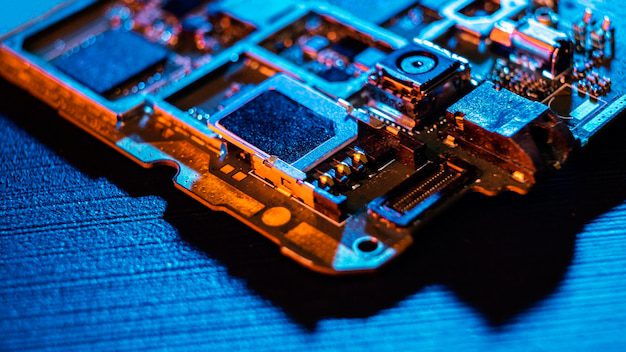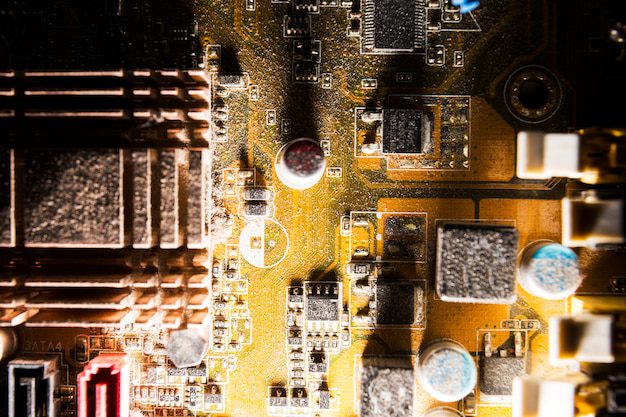How Can Electronic Waste Be Reduced?
Electronic waste, commonly referred to as e-waste, has become a pressing concern in the modern world. As technology continues to advance at a rapid pace, the disposal of outdated electronic devices poses a significant environmental challenge. Reducing e-waste is crucial for preserving our planet’s resources and preventing further harm to the environment. In this article, we will explore several strategies that can be employed to effectively reduce electronic waste.
Raise Awareness and Educate
One of the first steps towards reducing e-waste is to raise awareness about the issue and educate the public on the importance of responsible disposal. Many people are unaware of the proper methods for disposing of electronic devices and the harmful effects that e-waste can have on the environment. By providing information on how to recycle or donate electronics, individuals can make more informed choices and contribute to reducing electronic waste.
“Education plays a vital role in changing behaviors and promoting sustainable practices.”
Promote Extended Producer Responsibility
Extended Producer Responsibility (EPR) is a policy approach that holds manufacturers accountable for the entire lifecycle of their products, including their disposal. By implementing EPR regulations, manufacturers are encouraged to design products with longevity in mind and to take responsibility for recycling or safely disposing of their products at the end of their life cycle. This helps to shift the burden of e-waste management away from consumers and towards the producers, making it more economically viable to recycle and reutilize electronic devices.
Encourage Repair and Upcycling
Another effective way to reduce electronic waste is to encourage repair and upcycling. Many electronic devices can be repaired instead of being replaced entirely, extending their lifespan and reducing the need for new products. Repair cafes and workshops that provide resources, knowledge, and tools for fixing electronic devices have gained popularity in recent years. By promoting repair and upcycling initiatives, we can not only reduce e-waste but also save money and resources by giving our electronics a second life.
Incentivize Recycling
Incentivizing recycling is an important aspect of reducing electronic waste. Governments and organizations can provide financial incentives or tax breaks to individuals and businesses that recycle their electronic devices properly. This encourages more people to take the responsible route and ensures that e-waste does not end up in landfills or get exported to developing countries with inadequate recycling infrastructure. Additionally, implementing deposit-refund schemes for certain electronic products can further incentivize their proper disposal.
Establish Collection Points and Recycling Facilities
To make it convenient for individuals to dispose of their electronic devices properly, collection points and recycling facilities need to be established. These can be set up at various locations, such as retail stores, community centers, or dedicated e-waste drop-off points. Having accessible collection points makes it easier for people to recycle their old electronics, reducing the likelihood of them being discarded improperly.
Implement Legislation and Regulations
Legislation and regulations play a crucial role in managing and reducing electronic waste. Governments should enact laws that require manufacturers to adhere to specific e-waste management standards. These regulations could include mandatory recycling targets or restrictions on the use of hazardous materials in electronic devices. By establishing clear guidelines and penalties for non-compliance, governments can ensure that electronic waste is managed responsibly and that manufacturers are held accountable for their actions.
Invest in Research and Development
Investing in research and development (R&D) is essential for finding innovative solutions to the growing problem of electronic waste. R&D efforts should focus on developing eco-friendly materials, improving recycling processes, and finding alternative uses for e-waste. With advancements in technology, we can discover more sustainable ways of manufacturing electronic devices and minimize their environmental impact.
Conclusion
Reducing electronic waste is a collective responsibility that requires action from individuals, manufacturers, governments, and organizations. By raising awareness, promoting extended producer responsibility, encouraging repair and upcycling, incentivizing recycling, establishing collection points and recycling facilities, implementing legislation, and investing in research and development, we can make significant strides towards reducing e-waste and creating a more sustainable future.



